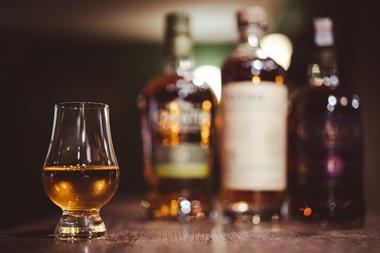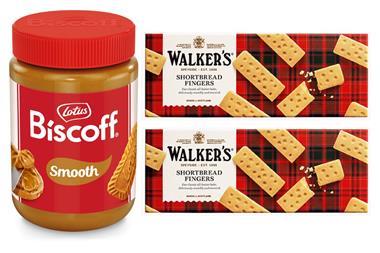Retailers demonstrate different strategies on promotions as they gear up to meet the autumn and winter demand for cold and flu relief products. A typical multiple retailer will stock 43 different lines, with some 7% of them on promotion.
Compared with other categories, this is a low level of promotional activity.
With 55 products, Tesco offered the largest range. Only 4% of the category was on promotion - which is just over half the average.
Availability levels were better than most, with 13% of normal lines and 14% of promotional lines low on stock at peak times.
Sainsbury pitched in with 47 products, of which 9% were on special offer. We found 10% of normal products and 19% of promotional products at risk of going off sale - broadly in line with the sector average.
Morrisons’ shoppers were left out in the cold this month, as availability affected half the products on promotion. Availability for normal lines fared better - we found 16% low on stock - although this was a higher percentage than the retail average.
Stores still with the Safeway fascia are gradually showing more visible links with Morrisons. However, availability was better than in the Morrisons branded stores in this category, with 5% of normal lines and 20% of promotional lines low or out of stock.
Somerfield has the smallest range, stocking 26 products, of which 8% are on promotion.
Its strength in the convenience market would make it an obvious choice for impulse and distress purchases of cold care products. This might explain why 22% of normal skus and 37% of promotional skus were low on stocks - nearly twice the sector average.
Asda offered its shoppers a good choice, with 47 skus and only 10% of normal lines and 0% of promotional lines low on stock.
The downside was that it had the lowest proportion on offer, at 3%. No doubt its EDLP positioning will lessen the pain for seekers after deep-cut promotions.
Compared with other categories, this is a low level of promotional activity.
With 55 products, Tesco offered the largest range. Only 4% of the category was on promotion - which is just over half the average.
Availability levels were better than most, with 13% of normal lines and 14% of promotional lines low on stock at peak times.
Sainsbury pitched in with 47 products, of which 9% were on special offer. We found 10% of normal products and 19% of promotional products at risk of going off sale - broadly in line with the sector average.
Morrisons’ shoppers were left out in the cold this month, as availability affected half the products on promotion. Availability for normal lines fared better - we found 16% low on stock - although this was a higher percentage than the retail average.
Stores still with the Safeway fascia are gradually showing more visible links with Morrisons. However, availability was better than in the Morrisons branded stores in this category, with 5% of normal lines and 20% of promotional lines low or out of stock.
Somerfield has the smallest range, stocking 26 products, of which 8% are on promotion.
Its strength in the convenience market would make it an obvious choice for impulse and distress purchases of cold care products. This might explain why 22% of normal skus and 37% of promotional skus were low on stocks - nearly twice the sector average.
Asda offered its shoppers a good choice, with 47 skus and only 10% of normal lines and 0% of promotional lines low on stock.
The downside was that it had the lowest proportion on offer, at 3%. No doubt its EDLP positioning will lessen the pain for seekers after deep-cut promotions.

![New Logo[55]](https://dmrqkbkq8el9i.cloudfront.net/Pictures/274x183/2/0/1/363201_newlogo55_383907_crop.jpeg)
















No comments yet